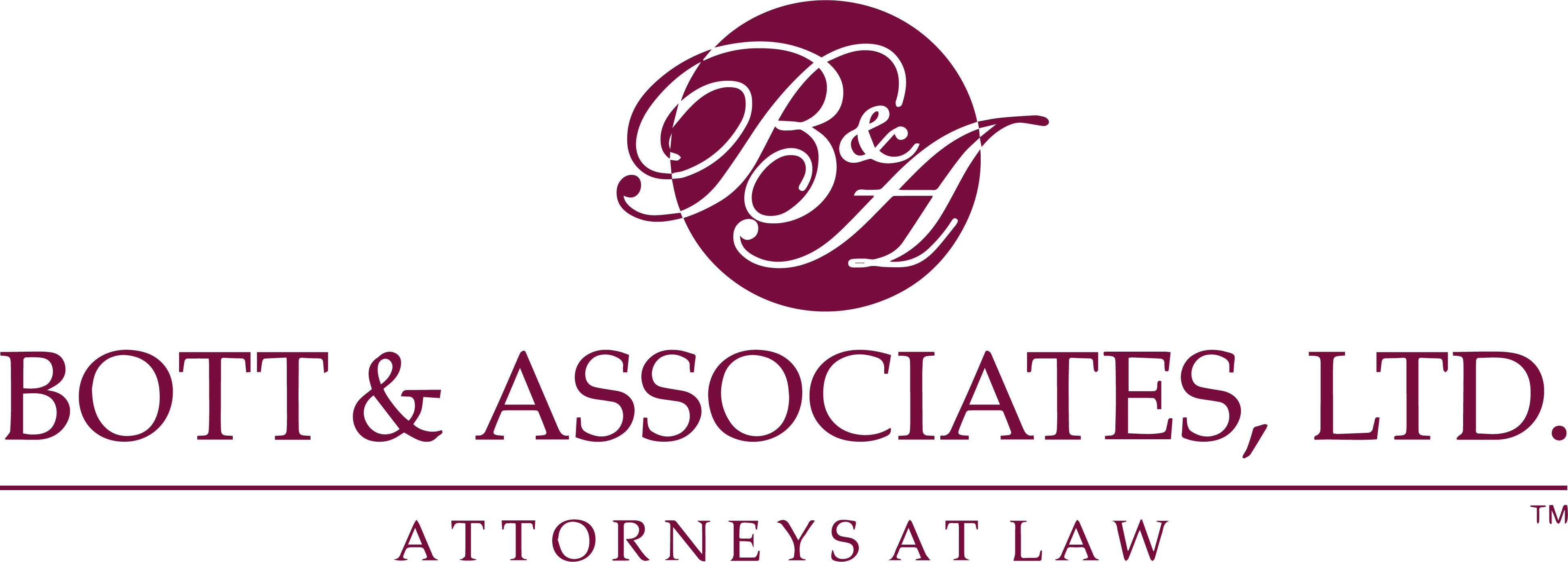A business valuation can serve any of several purposes, but the goal is always the same: to find out the value of your business in dollars and cents. Armed with this knowledge, you’ll never be caught off guard.
Arguably, the most important part of a valuation is not a step in the process — it is being realistic about the business’s value in the current market environment. Valuations consider the company’s history and the economic outlook for the industry; they do not consider intangibles like the long hours and hard work the business owner or owners gave to the business.
Once that is understood, the business owner needs to understand the purpose of the valuation, the effect of their ownership interest on their share of the value, and the three main ways of valuing a business and how they work. In part, this means understanding that the valuation may be inaccurate if the financial information the company provides is incorrect.
Finally, the business owner should take the time to understand how businesses are valued.
The Income Approach
When a business is valued using the income approach, its assets and liabilities will be valued using whichever of these methods best applies to the business:
- Capitalization of cash flow (CCF) method. Used for companies that expect stable growth over the long term, this method relies on recent historical results to calculate future growth. ● Discounted cash flow (DCF) method. This method may be used for companies whose historical results are unlikely to accurately predict its future growth.
The Asset Approach
Using this approach, the current value of all assets — tangible and intangible — is subtracted from the current value of the business’s liabilities. The result is the current value of the business’s equity.
The adjusted net asset method is the most commonly used method under this approach. It values the business on the basis of the difference between the fair market value of a company’s assets and its liabilities.
There is also a hybrid income and asset method called the capitalization of excess earnings method. This rarely used hybrid method values the business’s tangible and intangible assets independently based on two capitalization rates: (1) a rate of return on tangible assets and (2) a rate attributable to the company’s intangible assets.
The Market Approach
Using the market approach, fair market value is determined by comparing the business with other similar businesses. This approach relies on transaction multiples derived from the earnings and value information provided for similar businesses.
When a business is valued using the market approach, its assets and liabilities will be valued using one of these methods. As with the income approach, the method that is used will be chosen because it best applies to the business:
- Guideline transaction method. Using this method, the business will be valued based on pricing multiples derived from the sale of comparable businesses. The goal is to compare businesses that best reflect the company’s operations, industry and economic conditions, which means there may be many businesses available for comparison or there may be only a few.
- Guideline public company method. This method values businesses based on the multiples derived from publicly traded companies that are comparable to the subject company. Because public companies are usually larger than private companies and have different risk factors, the public companies’ multiples may be adjusted based on the private company’s estimated rate of return.
- Prior transactions method. This method uses information from the business’s previous acquisitions or transactions as an indicator of value. Important factors, such as if prior transactions took place with related parties, are taken into consideration to ensure the transactions were at fair market value rates.
Having a basic understanding of how businesses are valued is a good starting point. However, there are many nuances in the actual valuation process and in the conclusion of the value, which makes it important to speak with a valuation professional before taking any action.
If you are in need of accurate and dependable professional financial advice, connect with a Schaumburg, IL financial advisor from Bott & Associates, Ltd.

